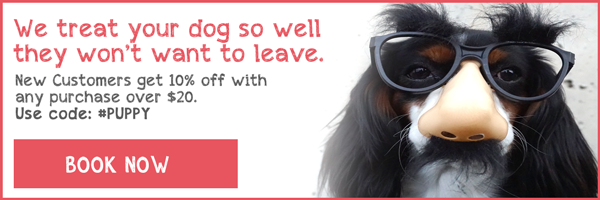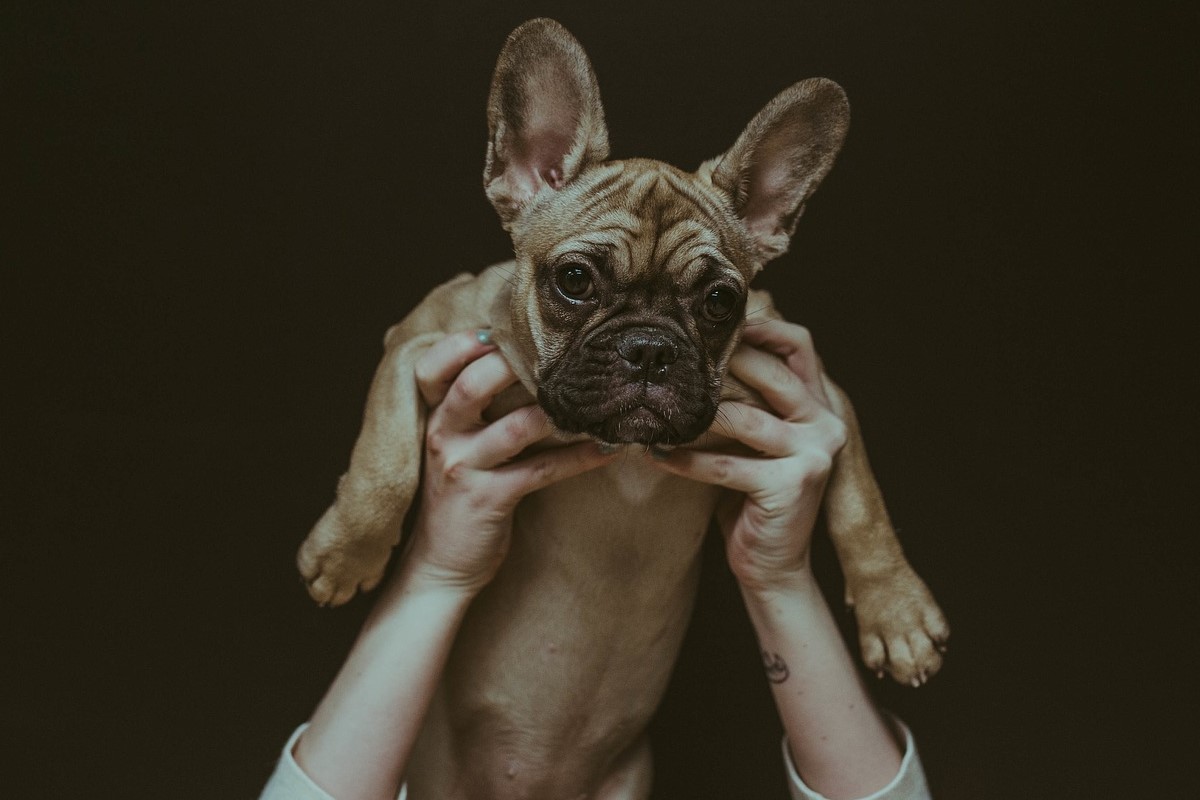So you’re looking to bring a dog into your house for the first time and you’re excited about making him part of the family. Great! Here are the biggest things to watch out for. Avoid these mistakes and you’ll have a happy, contended doggy on your hands.
Mistake 1: Not doing your research
Just because it’s cute doesn’t mean it’s going to be a good fit for your home. Know what breed will be right for you, because dogs come in all different shapes and sizes, and their energy requirements differ accordingly.
Next, talk to the breeder about your living conditions and find out as much as you can about a puppy’s personality before making a purchase. Alternatively, if you’re going through a rescue shelter, find out the sorts of conditions the pup was living in. This will help you ascertain the level of care you’ll need to provide to the animal.
Also, understand grooming requirements and costs.
Mistake 2: Assuming your pup can read your mind
Once you’ve made the purchase and brought the dog home, great! But now what? Are you going to set him free and expect him to behave himself perfectly? Does he have a designated place to sleep and a set routine? Dogs that are left to run loose will start to cause disruption, and when they get a telling off, they have absolutely no idea what they’ve done wrong. Why? Because they can’t read our minds.
Mistake 3: Not putting a routine in place
This point directly follows on from the last. To ensure a dog behaves well, you need to set a routine so that you set expectations, but you also give the dog the benefit of structure. Once a routine is implemented, you absolutely need to stick to it.
Mistake 4: Failing to be the pack leader
Dogs grow to be unruly if they don’t respect your rule, and they absolutely respect a hierarchy. They actively want to feel subordinate to someone else. To be a pack leader, enforce a routine, enforce discipline, and exude a sense of calmness. Lead from the front on walks, or at the very least, with the dog at your side. Be the one that does the feeding, and when it comes to mealtimes, make your dog wait. This is a form of mental work for the animal. Now that it no longer has to hunt for its food, as it would have done thousands of years ago, it does at least need to learn the art of patience.
Mistake 5: Not letting him meet other dogs
Don’t wait to socialize your animal. Puppies need the company of other dogs very early in life, and that window stays open until they’re about 16 weeks old. A failure to get your puppy socialized raises the likelihood of antisocial behavior, such as aggression, and an unwillingness to share.
Mistake 6: Not stamping out bad behavior
Puppies are cute, and as a result, we tend to let them get away with a lot. But wrestling food away from a 10-week pup is very different to wrestling with a full-grown, 160lbs grown-up. Stamp out bad behavior before it’s too late. Got a problem with your dog begging for food? Check out our article on the topic.
Mistake 7: Assuming he’ll grow out of it Perhaps we’ve left the biggest point for last. There’s a common misconception that puppies “grow out of” bad behaviors. Not so fast. If anything, these undesirable traits harden and become more embedded in the dog’s makeup with time. That’s why it’s so important that you assume a leadership position. This is not a democracy. The dog is subordinate to you and will actually be happier if he feels that he has a leader to follow.



